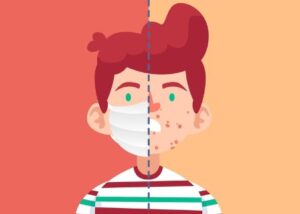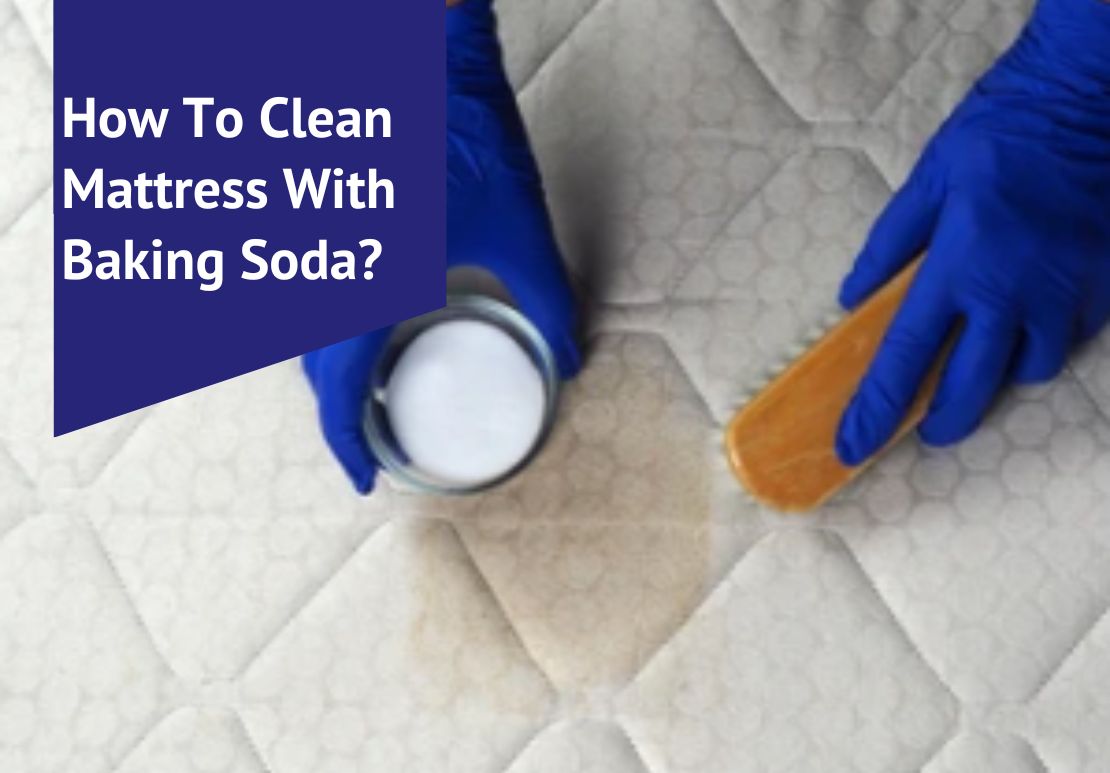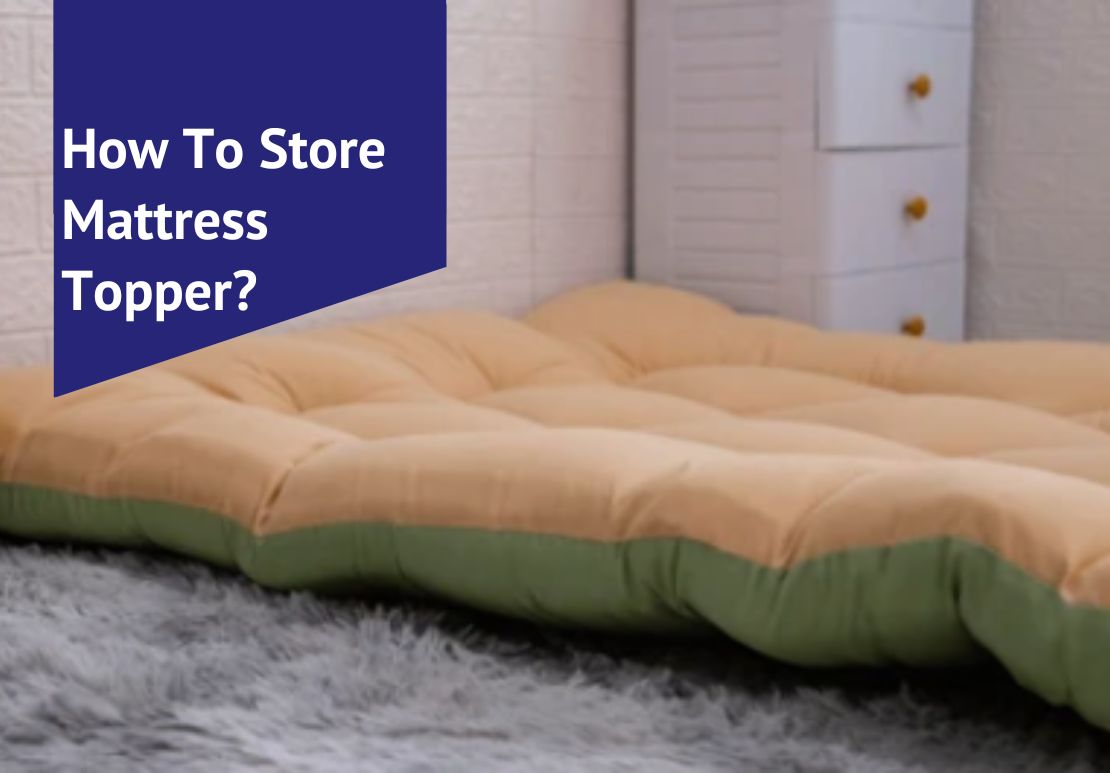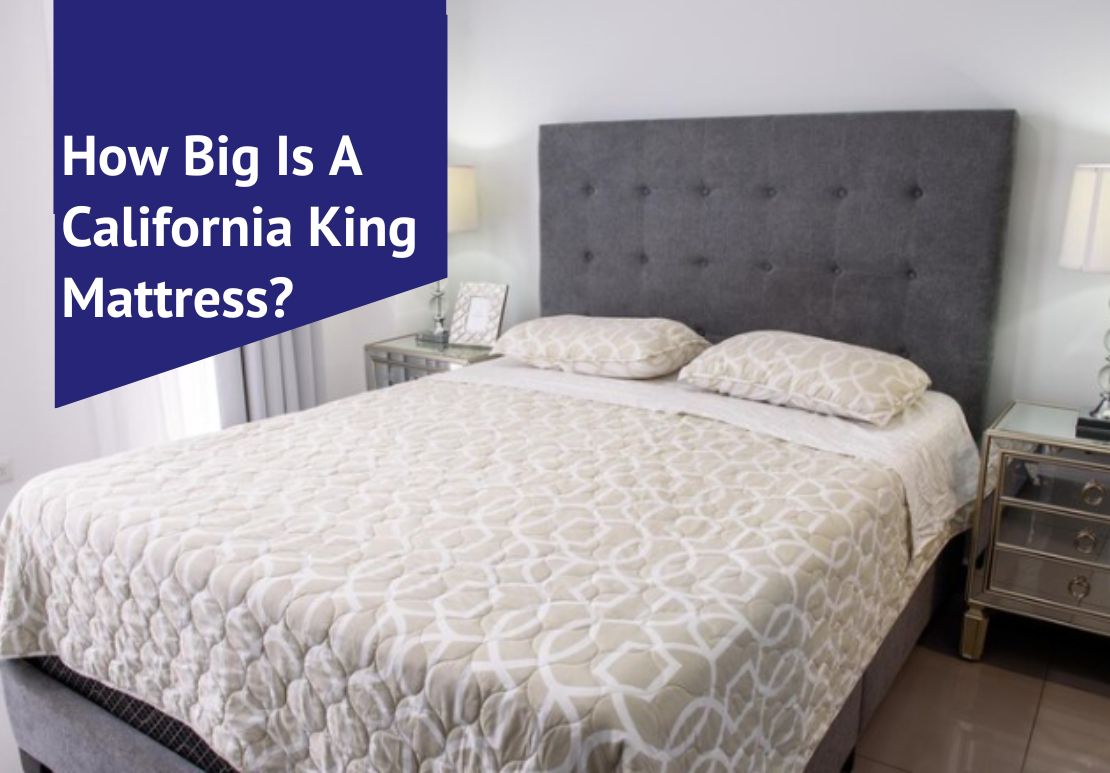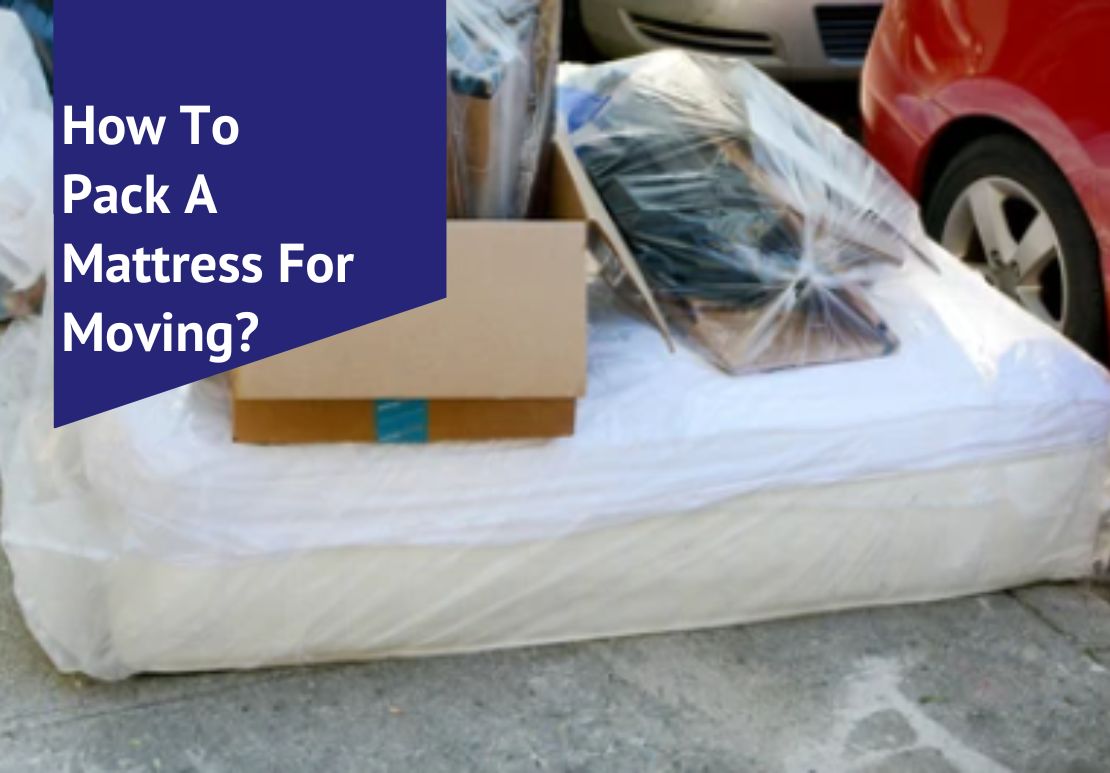Are you puzzled about the strange material in your mattress? Many people are surprised to learn that a common ingredient in many modern mattresses is fiberglass. This blog uses simple language to shed light on what fiberglass looks like in a mattress, its purpose, and potential hazards related to it. This article covers all you need to know about fiberglass in mattresses.
Keep reading as we unravel this mystery together!
Table of Contents
Key Takeaways
- Fiberglass in a mattress with fiberglass looks like thin, white, translucent threads that can resemble plastic or glitter.
- Fiberglass is often used in mattresses as a fire retardant and to provide structure and support.
- Fiberglass can pose potential dangers such as skin irritation and inhalation risks if the mattress is damaged or torn.
- To determine if your mattress contains fiberglass, check the label, do research on the brand/model, and consider professional testing.
What is Fiberglass? What does fiberglass look like?
Fiberglass is a composite material made up of glass fibers embedded in reinforced plastic.
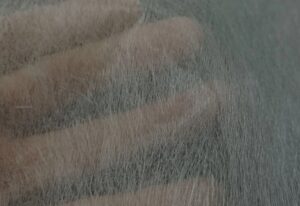
Definition of fiberglass
Fiberglass is a type of material made from tiny threads of glass. It is mixed with reinforced plastic to make it tougher. Many things, like boats and car parts, are made from fiberglass.
Some mattress companies also use it in their products. Fiberglass helps them keep the costs down and meet fire safety rules. Therefore, it is important to check the mattress label to know what is inside the mattress. Also, it is equally important to know about the mattress protector you choose.
Composition: glass and reinforced plastic
Fiberglass blends glass with reinforced plastic. This makes a strong, fire-safe material. Glass and plastic slurp up heat and slow down fires. These tiny glass fibers weave together to create a net-like shape.
This mix of materials is tough but light. Memory foam mattresses often have it for extra strength. Fiberglass helps the mattress keep its shape over time. It acts like the bones in our body, giving structure and support to the soft foam parts.
How is Fiberglass Used in Fiberglass Mattresses?
Fiberglass is used in mattresses as a fire retardant, to provide structure and support, and to reduce cost.
As a fire retardant
Fiberglass stops fire from spreading fast in a mattress. This is why some brands like Zinius, Lucid, and Mobily use it. It helps them meet the safety rules for fire. But if your mattress gets torn or worn out, the fiberglass may come out as tiny particles.
These could cause skin itch or irritate your lungs. If you see this happen, it might be time to get a new mattress.
To provide structure and support
Fiberglass is also used in mattresses to provide structure and support. It helps the mattress maintain its shape over time, ensuring that it remains sturdy and durable. The fiberglass strands are woven into the mattress materials or incorporated into the foam layers, adding strength and stability.
This allows you to sleep comfortably without worrying about sinking or sagging areas on your mattress. Additionally, using fiberglass for structural purposes can help reduce costs compared to other materials commonly used for support in mattresses.
So, if your mattress contains fiberglass, it serves a purpose beyond being a flame retardant.
To reduce cost
Fiberglass is used in mattresses to help reduce costs. By incorporating fiberglass into the mattress construction, manufacturers can lower production expenses and create more affordable options for consumers.
Fiberglass is a cost-effective material that provides strength and support to the mattress structure without adding significant expense.
Using fiberglass as a component in mattresses allows manufacturers to meet fire safety standards without relying on expensive alternatives. This helps keep the price of mattresses down while still ensuring they are safe and compliant with regulations.
By choosing a mattress that includes fiberglass, homeowners can often find a more budget-friendly option without compromising on quality or safety standards.
It’s important to note that while fiberglass helps reduce costs, it’s essential to handle any damaged mattresses carefully. If there are loose fibers from damaged fiberglass in your mattress, they can be irritating and challenging to remove completely.
What does fiberglass in a mattress look like?
Fiberglass used in mattresses appears as thin, white, translucent threads that can resemble plastic or glitter.
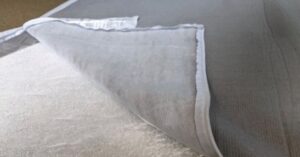
Thin, white, translucent threads
Mattresses made of fiberglass can be seen as thin, white, translucent threads. These threads are made up of glass fibers and reinforced plastic materials. They can resemble plastic or have a glittery appearance with tiny sparkling specks.
When you look closely, you may notice these small strands within the mattress cover or integrated into the memory foam layers. It’s important to be aware of their presence because if the mattress is damaged, these fibers can become loose and cause skin irritation or pose health risks when inhaled.
Can resemble plastic or glitter
Fiberglass in a mattress can have the appearance of thin, white, translucent threads. It may also resemble plastic or glitter when viewed up close. These tiny sparkling or glimmering specks are the glass fibers that make up the fiberglass material.
So if you notice any small strands or glittery strands on your mattress, it could be an indication of fiberglass presence.
Potential Dangers of Fiberglass in New Mattresses
Inhalation and skin irritation are potential risks associated with fiberglass in mattresses, as the tiny glass fibers can become airborne and easily come into contact with the body.
Inhalation and skin irritation
Fiberglass in mattresses can cause inhalation and skin irritation. Here are some important points to know about it:
- Contact with fiberglass particles can irritate the skin and cause itchiness or redness.
- Inhaling fiberglass particles can irritate the respiratory system, leading to coughing, throat irritation, or difficulty breathing.
- Fiberglass particles can become airborne if the mattress is damaged or torn.
- These tiny particles can be difficult to remove from the mattress and surrounding area.
- It is important to take precautions if you suspect your mattress contains fiberglass, such as wearing protective clothing and using a vacuum cleaner with a HEPA filter for cleaning.
Possible health risks
Fiberglass in mattresses can pose potential health risks. Here are some important things to know:
- Inhalation: If fiberglass particles are released from a damaged mattress, they can be breathed in and cause respiratory irritation. This can lead to symptoms such as coughing, wheezing, and difficulty breathing.
- Skin Irritation: Direct skin contact with fiberglass threads can cause itching, redness, and irritation. Some individuals may be more sensitive to these effects than others.
- Difficult Cleanup: If loose fiberglass particles get onto surfaces or fabrics, they can be challenging to remove completely. They may stick to clothing, bedding, or carpet fibers and continue causing irritation over time.
- Fiberglass Exposure: Prolonged exposure to fiberglass particles may increase the risk of developing long-term health problems. However, it’s important to note that the extent of these risks is still being studied and understood.
How to know if your mattress has fiberglass?
To determine if your mattress contains fiberglass, thoroughly inspect the label and conduct some research on the materials used in its construction. By going through the below-given points, you can answer your question of ‘how to tell if a mattress has fiberglass?’
Check the label and do research
To determine if your mattress contains fiberglass, follow these steps:
- Examine the label: Look for any information or warnings regarding the use of fiberglass in the mattress. Some manufacturers may disclose this on the label.
- Conduct online research: Search for reviews or information about the specific mattress brand and model you have. Other customers may have shared their experiences or knowledge about fiberglass in that particular mattress.
- Contact the manufacturer: Reach out to the mattress manufacturer directly and inquire about the presence of fiberglass in their product. They should be able to provide you with accurate information.
- Be aware of greenwashing terms: Some companies may use misleading terms like “natural fire barrier” or “non-toxic flame retardant” instead of explicitly stating the use of fiberglass. Research these terms to ensure you understand what they mean.
- Consider professional testing: If you still have doubts about whether your mattress contains fiberglass, you can contact a professional laboratory or testing facility that specializes in analyzing materials to confirm its presence.
Look for greenwashing terms
To determine if your mattress contains fiberglass, it’s important to look out for greenwashing terms. Greenwashing is when companies use misleading language to make their products seem more eco-friendly than they are.
Some examples of common greenwashing terms include phrases like “natural,” “eco-friendly,” or “green.” However, these terms can be misleading and may not necessarily indicate that the mattress is free from fiberglass.
It’s important to do thorough research and check the product label for accurate information about the materials used in the mattress construction. By being cautious and skeptical of greenwashing claims, you can make a more informed decision about choosing a mattress without fiberglass.
Conclusion
In conclusion, fiberglass in a mattress appears as thin, white, translucent threads. It can resemble plastic or glittery strands. While it is commonly used as a fire retardant and to provide structure, it can also pose potential dangers such as skin irritation and inhalation risks.
To ensure mattress safety, homeowners should check the label and do research before purchasing a mattress, especially if they are concerned about fiberglass exposure.
Frequently Asked Questions
What does fiberglass look like on a mattress?
Fiberglass on a mattress typically appears as fine, shiny particles or small white fibers.
Can I see fiberglass with the naked eye?
Yes, you can see fiberglass with the naked eye as it is visible in the form of tiny particles or fibers.
Is fiberglass harmful if it gets in contact with my skin?
Yes, fiberglass can irritate the skin upon contact and may cause redness, itching, and discomfort.
How do I clean up fiberglass from my mattress?
To clean up fiberglass from your mattress, gently vacuum the affected area using a vacuum cleaner with a HEPA filter. Be cautious not to spread or release more fibers into the air during cleanup.
Can I still use my mattress if it has fiberglass on it?
It is generally recommended to avoid using a mattress that has been contaminated by fiberglass, as continued exposure to its particles can pose potential health risks.

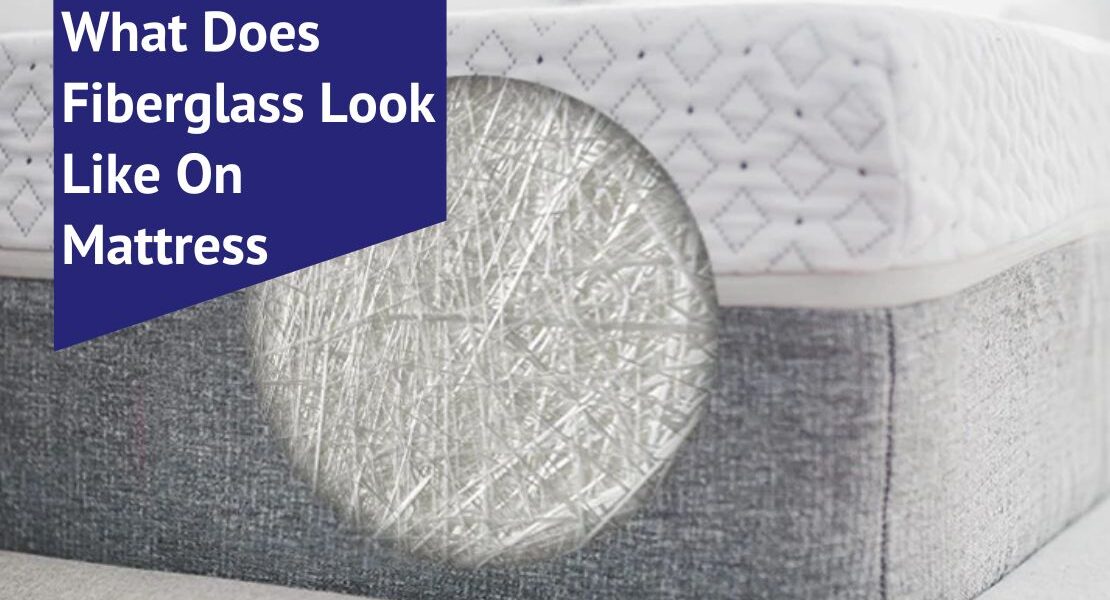 Image source - turmerry
Image source - turmerry 